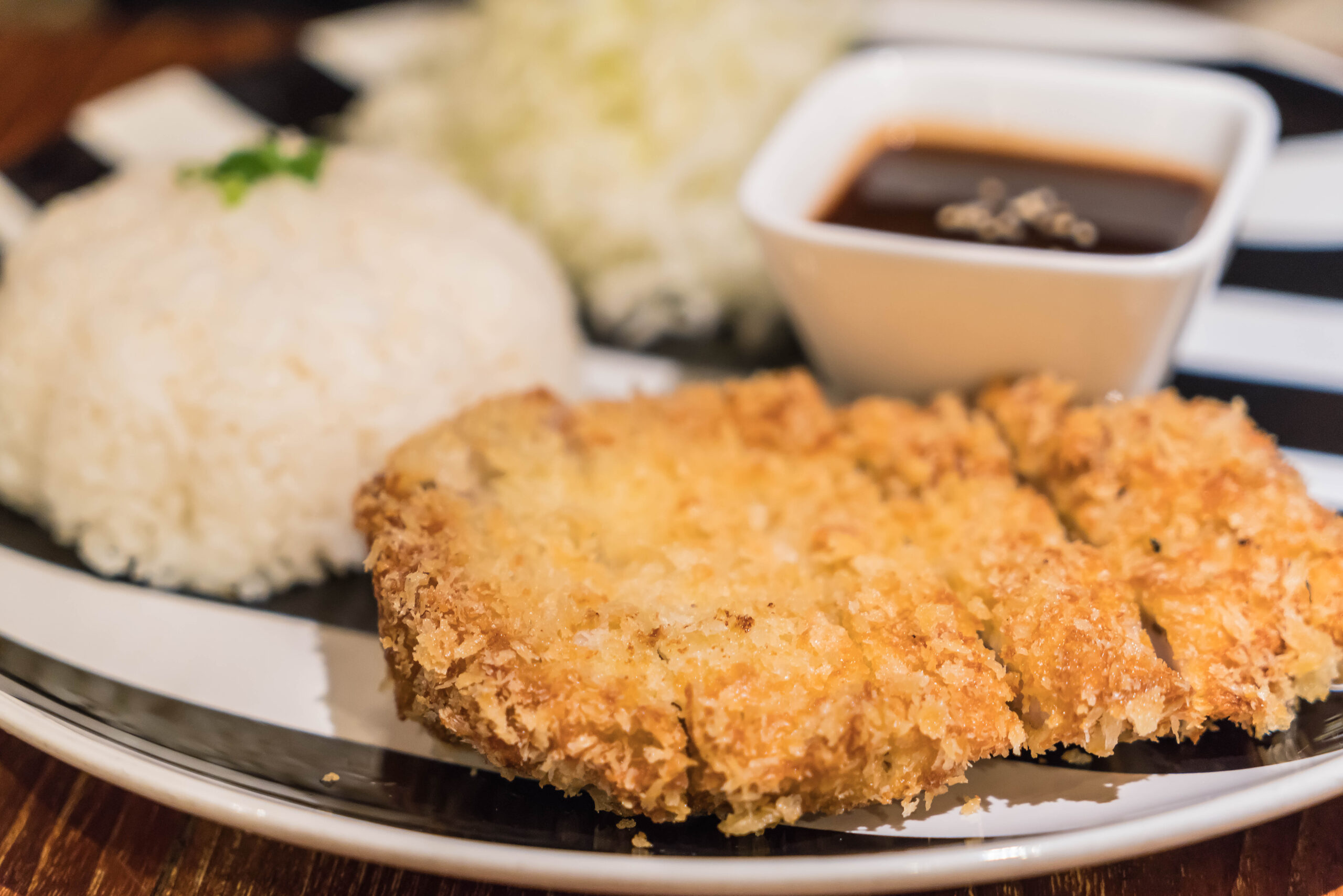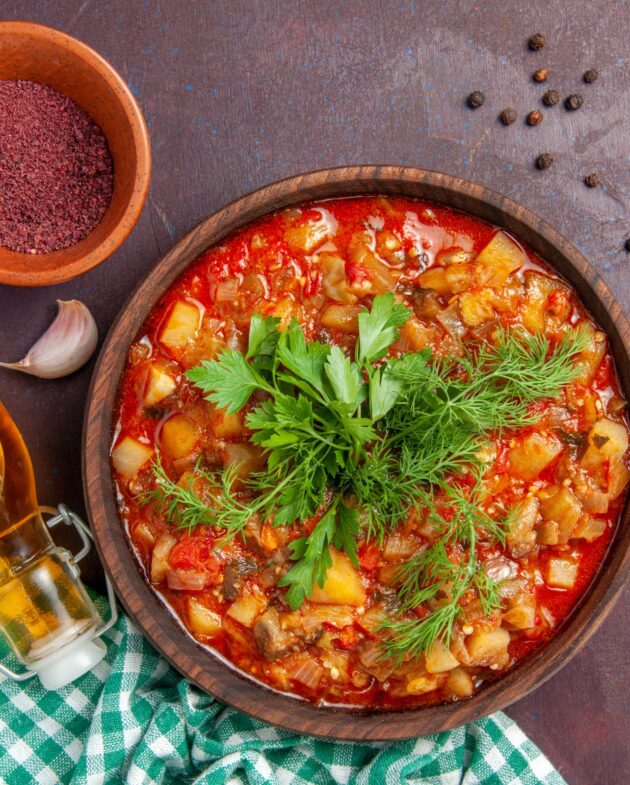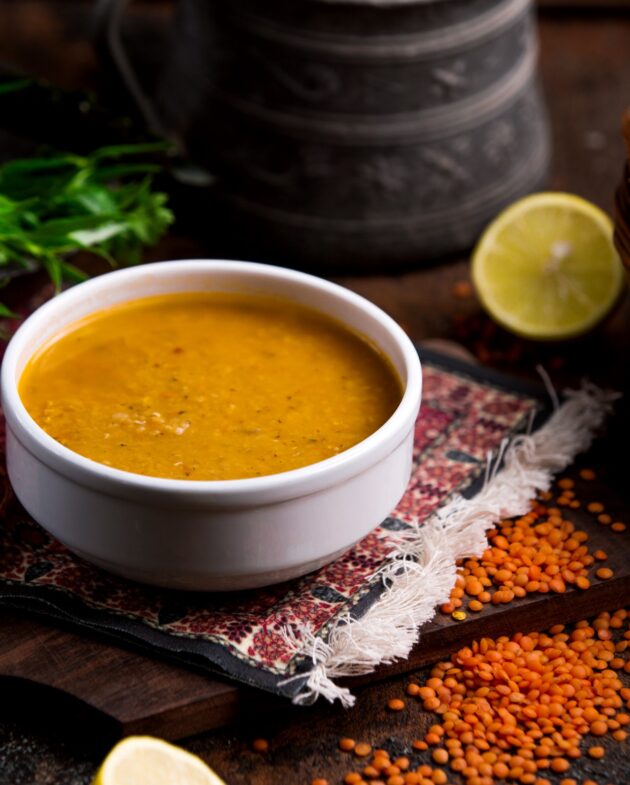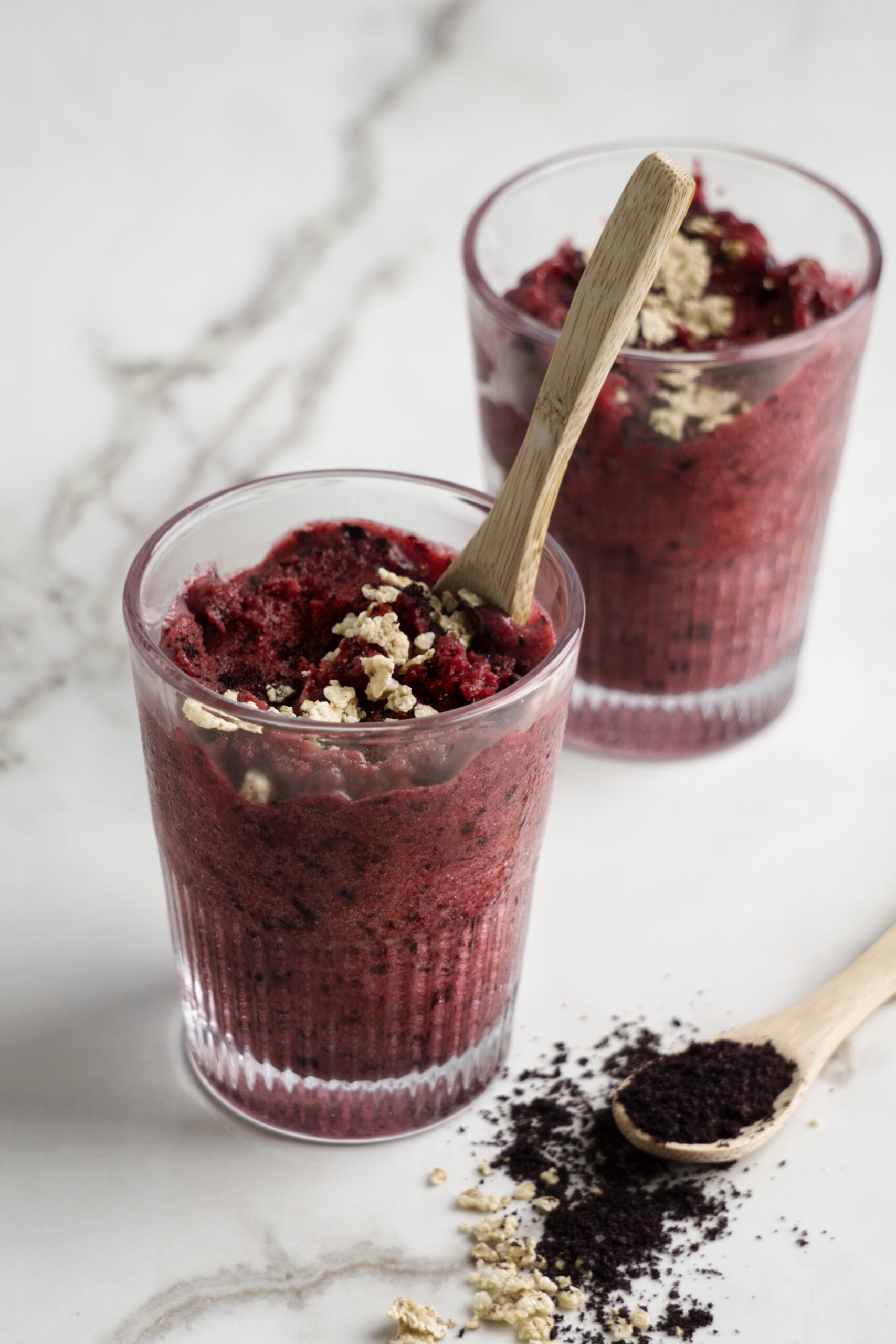- Prepare the Pork
Trim excess fat and use a meat mallet to pound the pork chops to an even thickness. Season both sides with salt and pepper.
- Dredge and Coat
Set up a breading station with three shallow dishes: flour in one, beaten egg in another, and panko breadcrumbs in the third. Dredge each pork cutlet first in flour (shake off excess), then dip into the egg, and finally coat thoroughly in panko.
- Fry the Cutlets
Heat ½ inch of oil in a skillet over medium heat (to 340–350°F / 170–180°C). Carefully place the breaded pork in the oil and fry for 3–4 minutes per side or until golden brown and cooked through. The internal temperature should reach 145°F (63°C).
- Drain and Serve
Transfer cutlets to a paper towel-lined plate to drain. Slice into strips and serve with tonkatsu sauce, cabbage, and rice.
- Calories:450 kcal
- Protein:28 g
- Carbs:25 g
- Fat:28 g
- Fiber:1 g
- Sodium:300 mg
Tonkatsu is a beloved Japanese comfort food — crispy pork cutlets coated in golden panko breadcrumbs and fried to perfection. Learn how to make this savory classic with step-by-step instructions, serving tips, and nutrition facts. Whether you’re preparing dinner, packing bento boxes, or building a katsu sandwich, this dish delivers both flavor and satisfaction.
Health Benefits of Tonkatsu (and Tonkatsu Sauce)
Although Tonkatsu is considered indulgent, it provides several nutritional benefits when enjoyed in moderation and paired with balanced sides.
🍖 Protein-Rich Main Dish
Pork loin used in Tonkatsu is a rich source of high-quality protein — offering about 28 grams per serving. This supports muscle repair, immune function, and overall body maintenance.
💊 Essential Vitamins & Minerals
Pork also contains essential B vitamins, especially B1 and B12, as well as iron and zinc. These nutrients aid in red blood cell production and support energy metabolism.
🍎 Gut-Supporting Sauce
Tonkatsu sauce is more than a flavorful dip. Its ingredients — including fermented soy sauce, prunes, and apples — can offer trace minerals such as magnesium and copper. Furthermore, the fermented soy can contribute mild probiotic benefits. Additionally, the vinegar helps stimulate stomach acid, improving digestion and nutrient absorption.
🌿 Antioxidants in Every Bite
Spices such as mustard and black pepper in the sauce contain antioxidants, which help reduce inflammation and combat oxidative stress. While not a major source, every bit helps.
🧴 Lighter Sauce Option
Unlike creamy or fatty condiments, tonkatsu sauce is low in cholesterol and fat, making it a flavorful yet lighter option.
⚠️ Health Considerations
Despite its nutritional strengths, traditional Tonkatsu is deep-fried, making it high in saturated fats and calories (around 450–600 kcal per serving). Therefore, it’s best to enjoy it occasionally or try air-fried alternatives for a lighter version.
🍱 Serving Suggestions for Tonkatsu
Tonkatsu is incredibly versatile. Here’s how you can enjoy it:
- Serve with steamed rice and miso soup for a traditional Japanese meal.
- Slice and use it in a katsu sando — a crunchy sandwich perfect for lunch.
- Top a rice bowl to make katsudon, with simmered egg and onions.
- Pair with shredded cabbage and light sesame dressing to cut the richness.
Final Thoughts
Tonkatsu delivers a satisfying combination of crunch, umami, and nutrition. While it’s high in calories, mindful preparation and balanced portions allow you to enjoy this dish without guilt. With the right pairings and cooking method, homemade Tonkatsu can be part of a wholesome, occasional indulgence.
















